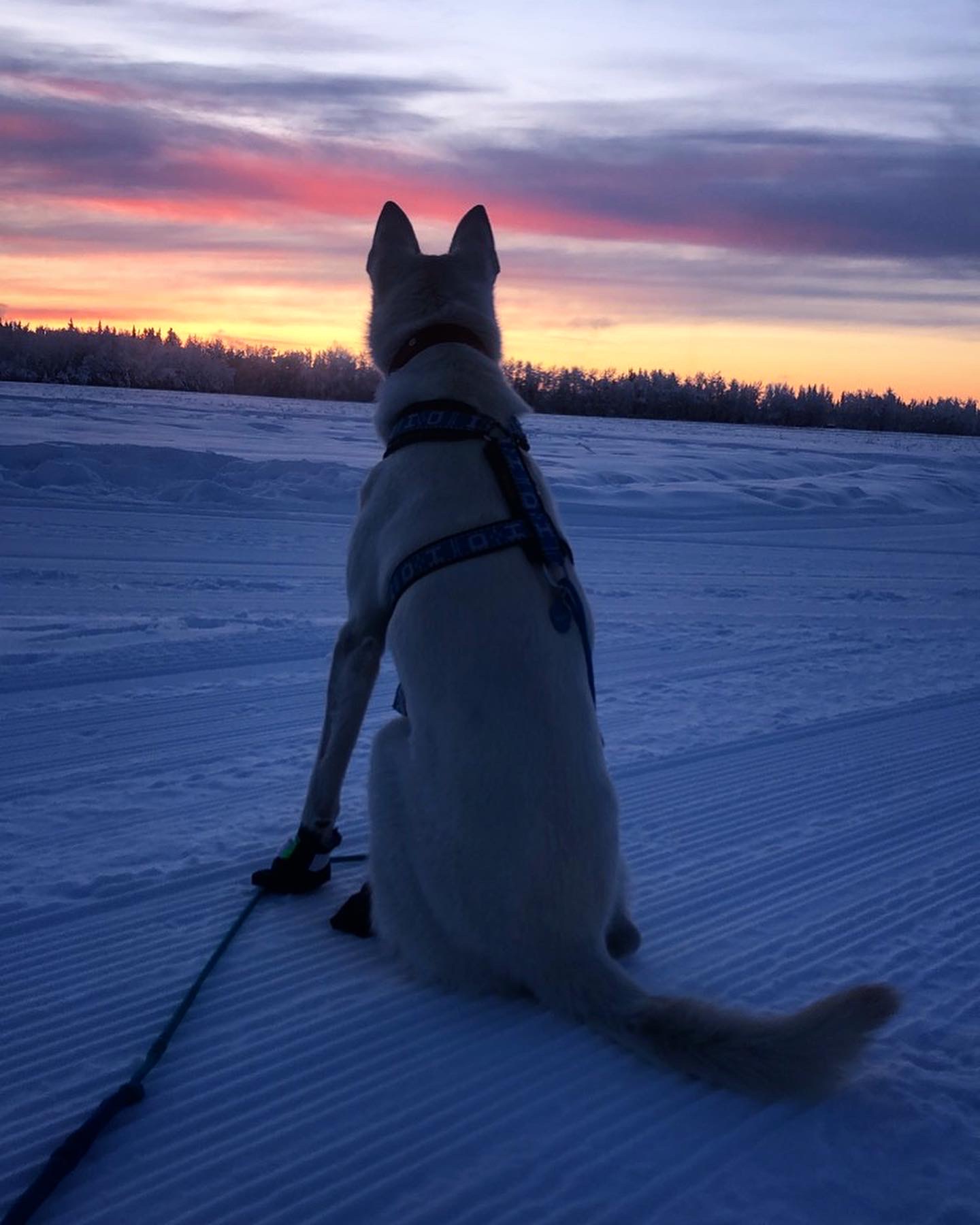Results

Equations Used:
|
Total Force |
F=kgm/s^2 |
F=m*a |
a=v/t |
|
Tension Force No Friction |
Ft=m1*a |
a= F(tot)/m(tot) |
|
Tension Force With Friction |
Ft=m1*a |
a=F-fk/(m1+m2) |
|
Force Key |
|
| F, Ftot |
Force, total force |
| m, m1, m2, mtot |
mass, individual masses, total mass |
| v |
velocity |
| t |
time |
Calculations:
Forces
Equations w Values Used
Force (N)
of Skiing
F=49.90kg(3.05m)/(1.31s)^2
88.69
of Dog & Skier
F=(24.95kg+49.90kg)(3.05m)/(0.62s^2)
593.89
of Dog
Sum forces (dog & skier) = force skiing + force dog
593.89N=88.69N+force dog(N)
505.20
The dog is clearly exerting the majority of the force on the Dog and Skier system, making a significant impact on the overall speed of the skier.
Tension Forces
Equations w Values Used
Force (N)
No Friction
Ft=49.90kg(593.89kgm/s^2)/(24.95kg+49.90kg)
395.93
The tension force between the skier and dog is what holds the system together, we can see from the results that the tugline must be able to withstand this amount of force in order not to snap or deform.
Possible Sources of Error
- - The surface was mostly flat, although it was not
measured to be level, so may have had errors in assuming the
grade.
- Errors in timing could attribute to delayed reflexes, time was measured by sight when the same point on the skier passed each marker. With this, line of sight of the assistant timer was likely also cause for some error.
- - Spherical cow model was assumed for both the skier and the dog.
- - Uncertainties in measurements of mass and distance.
- - Amount of air resistance was not taken into account.
- - No friction was taken into account when calculating the
tension force on the tugline.
Conclusion Statement
The force exerted by skiing is significantly smaller than the
total force of the dog and skier when skijoring. Both of the
tension forces in the tugline demonstrate the importance of
having a strong line made to withstand the potential lunge of
a dog, and the forces exerted upon it.
I was surprised by the magnitude of the overall force of the dog and skier, and the difference in forces between skiing and skijoring. I expected a somewhat smaller difference. If I conducted this experiment again, I would likely choose a different method of measurement of the time taken between two points, as this was likely the largest source of error.
Skijoring is much more advantageous in speed compared to
skiing, making it a more efficient method of travel. Whether
it is being used as a method to transport goods, as it was
once in Europe, or for recreational purposes, it is an
excellent workout for both people and dogs alike.
Contact:
Feel free to contact me with questions or comments!
tlmcleod@alaska.edu